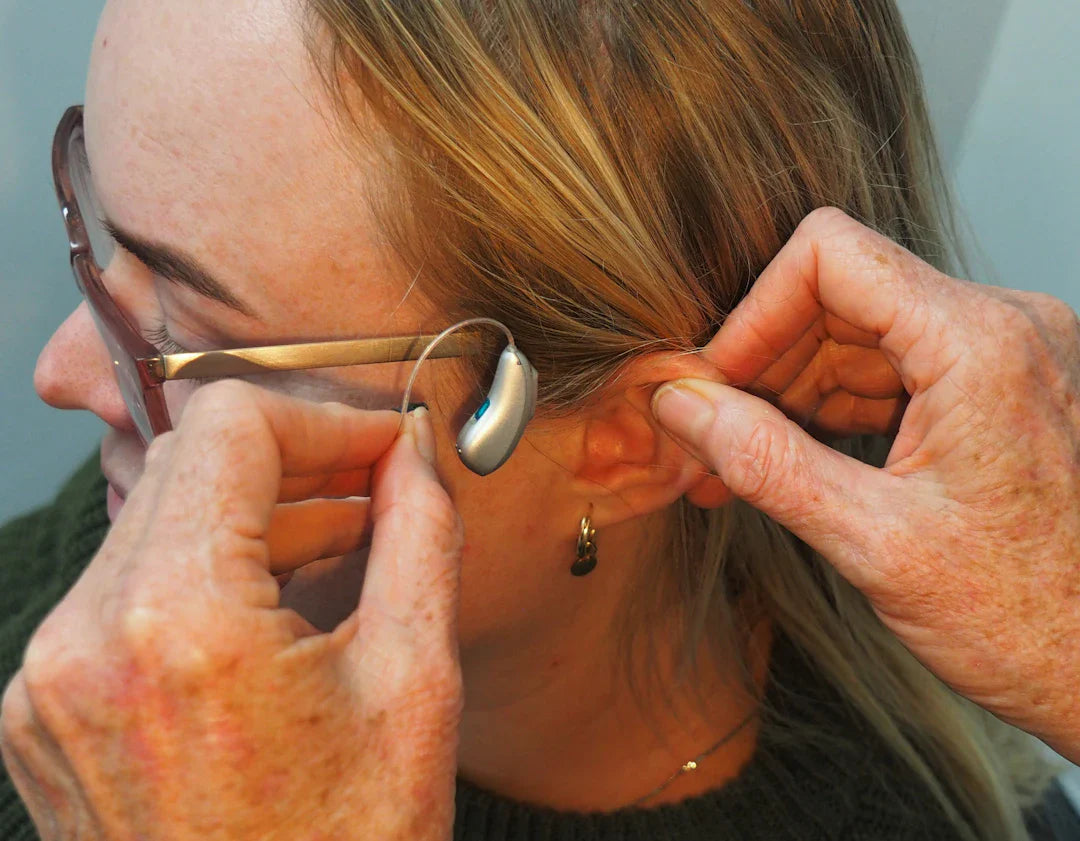In the world of hearing care, understanding how hearing aids function can empower individuals facing hearing loss. For advanced users especially, the technology within these small devices is truly fascinating. This guide breaks down the basics of audiology and the intricate workings of hearing aids, making it accessible to everyone.
The Basics of Hearing Aids
Hearing aids are sophisticated electronic devices designed to improve the quality of sound for individuals with hearing loss. They amplify sounds to assist in daily communication, allowing users to engage more fully in conversations and their surroundings. Here’s how they work:
1. Sound Collection
The first step in the process begins when sound waves enter the hearing aid through a tiny microphone. This microphone captures sound in the environment, from the chatter of friends to the gentle rustling of leaves.
2. Sound Conversion
Once the microphone has captured these sounds, the hearing aid’s digital signal processor (DSP) converts the sound waves into electrical signals. This sophisticated technology is essential for users, particularly those who are seasoned in using hearing aids for advanced users, as it enhances sound clarity and quality.
3. Sound Amplification
After conversion, the electrical signals are amplified. The level of amplification can be adjusted based on an individual’s specific hearing loss profile. Advanced hearing aids often feature automatic settings that adjust the volume and amplification based on the surrounding environment, ensuring a seamless transition from quiet to loud settings.
4. Sound Delivery
Finally, the amplified signals are sent to the speaker of the hearing aid, which converts them back into sound waves. These sound waves are then delivered directly into the ear canal, allowing the user to hear them clearly.
The Technology Behind Hearing Aids
As technology progresses, so does the functionality of hearing aids. Many modern devices come equipped with features tailored for an enhanced auditory experience.
Smart Technology Integration
Some hearing aids can connect to smartphones, allowing users to control their settings via an app. This feature not only improves user experience but also provides accessibility for those who may require adjustments frequently.
Noise Reduction Features
For individuals who struggle with background noise, many modern hearing aids come with noise reduction technology. This allows for a clearer hearing experience, especially in social settings. The ability to focus on relevant sounds highlights the importance of audiology in improving communication for those with hearing deficiencies.
Directional Microphones
Directional microphones are another outstanding feature. They allow the hearing aids to focus on sounds coming from specific directions, which is particularly beneficial in noisy environments. This technology helps users concentrate on conversations rather than being overwhelmed by ambient noise.
When to Consider Hearing Aids
Not everyone needs hearing aids, but for those experiencing hearing challenges, seeking an audiology evaluation is critical. Signs that indicate a need for hearing aids may include:
- Difficulty following conversations, especially in groups
- Regularly asking people to repeat themselves
- A perception of muffled sounds
- Feeling fatigued after social interactions due to the effort of trying to hear
If these symptoms resonate with you or a loved one, it may be time to consult an audiologist who can guide you through the process of obtaining proper hearing aids.
Maintaining Hearing Aids for Longevity
With any electronic device, the maintenance of hearing aids is essential to ensure longevity and consistent performance. Here are a few tips:
Regular Cleaning
Cleaning your hearing aids regularly helps maintain sound quality. Dirt and earwax can accumulate, leading to decreased function. Hence, scheduling professional earwax removal sessions can also significantly enhance the performance of hearing aids.
Batteries and Charging
For those utilizing traditional models, regularly checking and replacing batteries is crucial. Users of rechargeable models should follow the manufacturer's instructions to prevent damage to the rechargeable battery. Using high-quality batteries or chargers can make a difference in performance.
Professional Maintenance
Scheduling routine check-ups with an audiologist to keep your hearing aids in optimal condition is advisable. An expert can provide cleaning, adjustments, and troubleshooting, ensuring the user is always maximising functionality.
Exploring the Benefits of Hearing Aids
The benefits of using hearing aids can be extensive, impacting not only auditory capabilities but also overall quality of life. Some of these include:
- Improved Communication: Hearing aids facilitate conversations, leading to reduced frustration during interactions.
- Enhanced Social Engagement: Being able to hear well allows for better participation in social activities, fostering connections.
- Better Cognitive Health: Addressing hearing loss is crucial, as studies have shown a link between untreated hearing loss and cognitive decline.
- Boosted Confidence: Improved hearing can boost self-esteem and confidence, particularly in social situations.
Empowering Your Hearing Care Journey
Learning how hearing aids work is a vital step in tackling hearing loss. Armed with this knowledge, individuals can seek the right support from audiology experts, paving the way for enriched lives through effective hearing care. Whether your journey involves exploring options or you are a seasoned hearing aid user, understanding this technology will empower you to make informed choices that best suit your needs.
Choosing the right hearing aid might seem daunting, but remember, you are not alone. Reaching out for audiology advice, maintaining your devices, and regularly assessing your hearing health are crucial elements of your hearing care journey. Enjoy the clarity of sound and reinvigorate your interactions with family, friends, and the world around you!




